In the chaos following a 7.7 magnitude earthquake that struck Myanmar, the struggle to deliver aid turned into a tense battle against military restrictions. Despite Junta Chief Min Aung Hlaing’s call for international assistance, rescue and relief efforts encountered roadblocks orchestrated by military authorities.
Amidst the rubble, John Quinley, director of Fortify Rights, recounted the challenges faced by rescue teams trying to reach affected areas. “I’ve talked to a few people now that were part of the rescue efforts…the roads were blocked…and there was a huge checking of goods,” he revealed.
The Golden Window Closes
As time slipped away within the critical post-disaster period, concerns intensified when an aid convoy came under attack. The Chinese Red Cross Society vehicles, carrying much-needed supplies, were fired upon by soldiers on their way to Mandalay.
Despite Min Aung Hlaing’s plea for assistance and promises of open access channels for foreign aid, such incidents spotlighted the military’s tight grip on humanitarian endeavors in conflict zones.
Expert James Rodehaver pointed out how the junta strategically withholds aid from regions not aligned with them as both punishment and a means to weaken local support structures. This weaponization of resources becomes glaringly evident during crises like natural disasters when swift assistance is imperative but withheld based on political affiliations.
The Cat-and-Mouse Game
Entangled in bureaucratic hurdles imposed by the military regime, humanitarian organizations navigate through clandestine routes to deliver essential aid underground. By bypassing official checkpoints and skirting banking systems through covert methods like cash transfers from neighboring countries, they strive to ensure help reaches those most in need.
However, these subversive tactics are not without risks; delays caused by evading surveillance could have life-threatening consequences for vulnerable populations awaiting crucial support.
In response to escalating challenges posed by military interference in relief efforts, emergency specialists like Louise Gorton remain cautiously optimistic about overcoming barriers given heightened international attention post-disaster. Despite looming doubts about genuine intent expressed by authorities requesting foreign aid cooperation amid ongoing military operations and ceasefire rejections from resistance groups aiming at facilitating relief work.
John Quinley underscored vigilance needed in monitoring aid distribution once permitted into conflict areas controlled by Junta forces. He stressed scrutinizing whether resources truly reach impacted communities or if they are manipulated as tools of control or propaganda.
Through this tumultuous landscape fraught with political agendas entwined with humanitarian crises emerges a poignant narrative of resilience amidst adversity—a stark reminder of human perseverance amid man-made obstacles hindering compassion and solidarity during times of dire need.



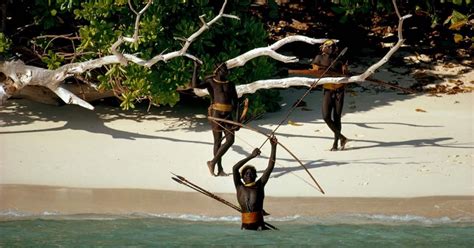
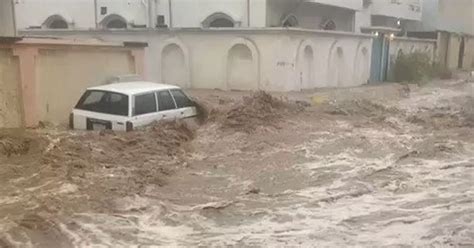
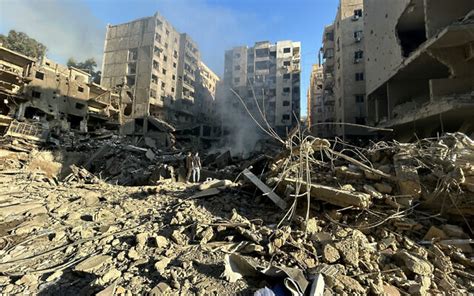
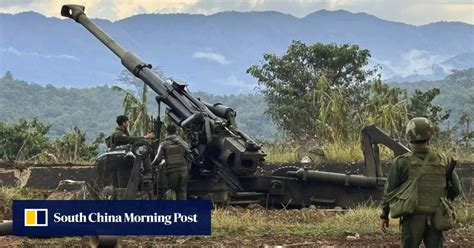
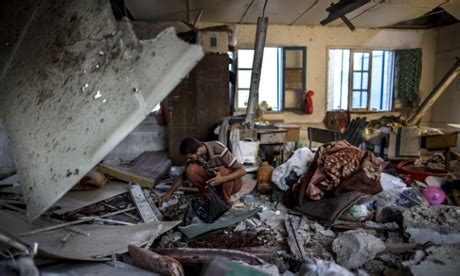
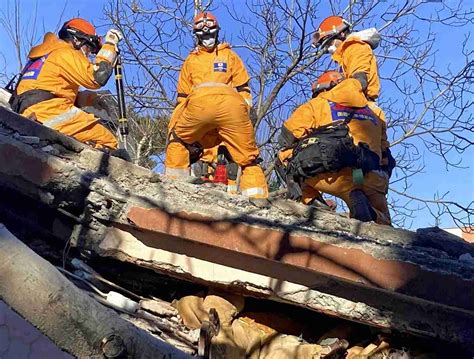
Leave feedback about this